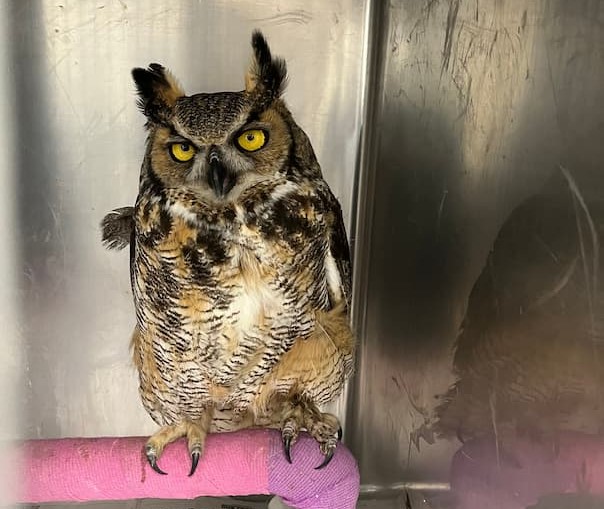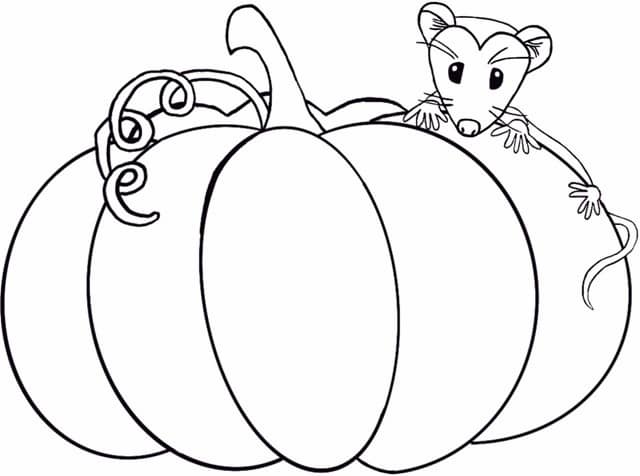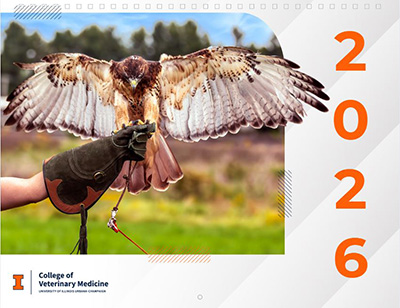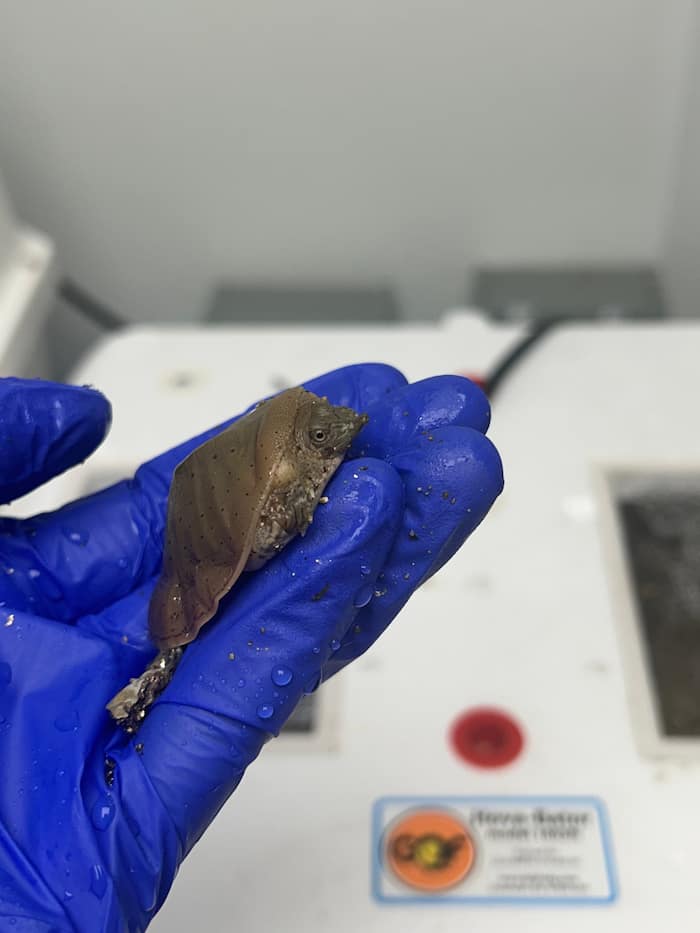Today, June 18th, marks Father’s Day for the year of 2023. To celebrate all the dads, grandpas, uncles, and father-figures out there, we’d love to tell you about the amazing fathers in our avian wildlife species! In fact, for avian species, about 90% of species have fathers participating in parental care. Whether it be helping to build the nest, feed their mate, incubate the eggs, feed the young, or provide protection for their family, these birds are super dads.
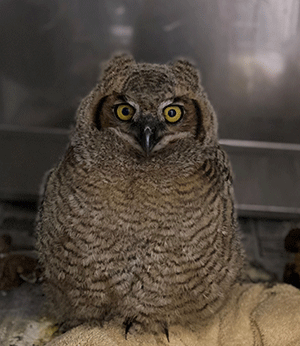
Starting strong with an Illinois native, the great horned owl knows what’s best for his young. After the female owl lays her clutch of eggs (usually 2 or 3), male great horned owls will aid her in keeping the eggs warm and bringing her enough food to survive until the eggs hatch. Food can consist of multiple small meals or one, big feast, depending on the night and dad’s ability to catch prey. Occasionally, the female great horned owl will leave the nest to feed for herself, so the male will take her place and protect his future owl children from the dangers of predators, weather, and other unexpected situations. Now that’s commitment. Don’t worry, though, dad will use this time to perfect the best owl dad jokes around. After 28-35 days, the chicks should have successfully hatched, and father owl’s job becomes even more important. There are now even more mouths to feed! During this time, male owls continue to hunt for food and will deliver to the hungry, growing chicks and their mother. This will continue for several months, but the chicks will begin to leave the nest site at about five weeks of age. Once the chicks leave the nest, they will be ready for flight at ten weeks of age, but both parents will feed the chicks until they are several months old and self-sustaining in the wild. At this point, father owl bids his young farewell and looks forward to seeing them around the forest for years to come. Talk about a proud dad moment!
G’day mate! Our next species, the emu, comes to us all the way from Australia. Emu fathers are even more involved in raising their young than the great horned owls we talked about earlier! The first thing that an emu father must do is create a nest, which consists of digging a small crater into the ground and lining it with twigs and other items such as rocks for protection. Then, multiple females will lay eggs in the nest and leave dad in the dust! The male emu is now considered a single dad, raising not only his own chicks, but ‘adopted’ chicks from other pairs as well. If this doesn’t earn him a Dad of the Year award, I’m not sure what does! During this incubation period of about two months, the male emu will rarely leave the nest and can lose between one-third to one-half of his body weight. After hatching, the father emu will be responsible for teaching his chicks how to survive in the real world. They will learn how to find food and water, travel to new places, and which animals are friends and foes. Once the emu chicks are all grown up, the father emu’s work has come to an end. Next year, he will do it all over again.
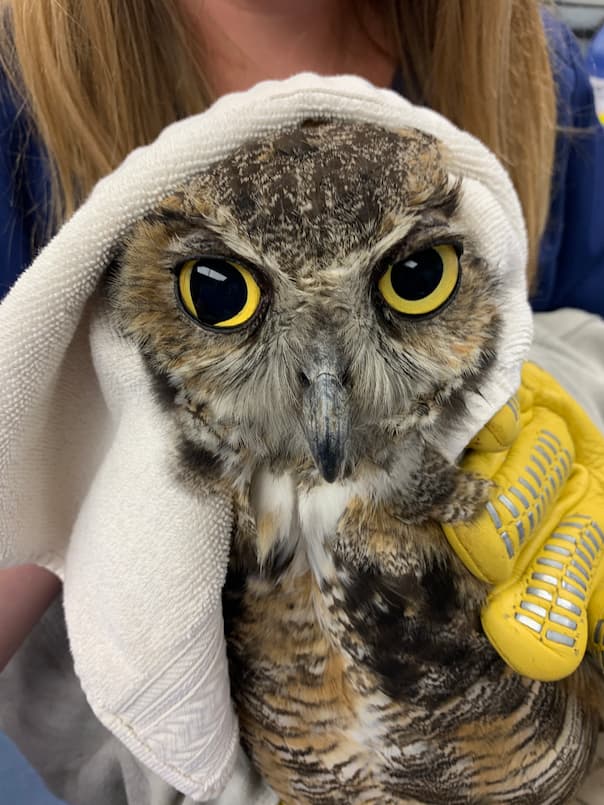
Let’s give it up for all the dads out there, human or bird, and all of the hard work that they do to raise their young and ensure that they are always kept safe. Be sure to share this article with friends and family so they can learn about these amazing birds.
Written by Jacob, Class of 2026

